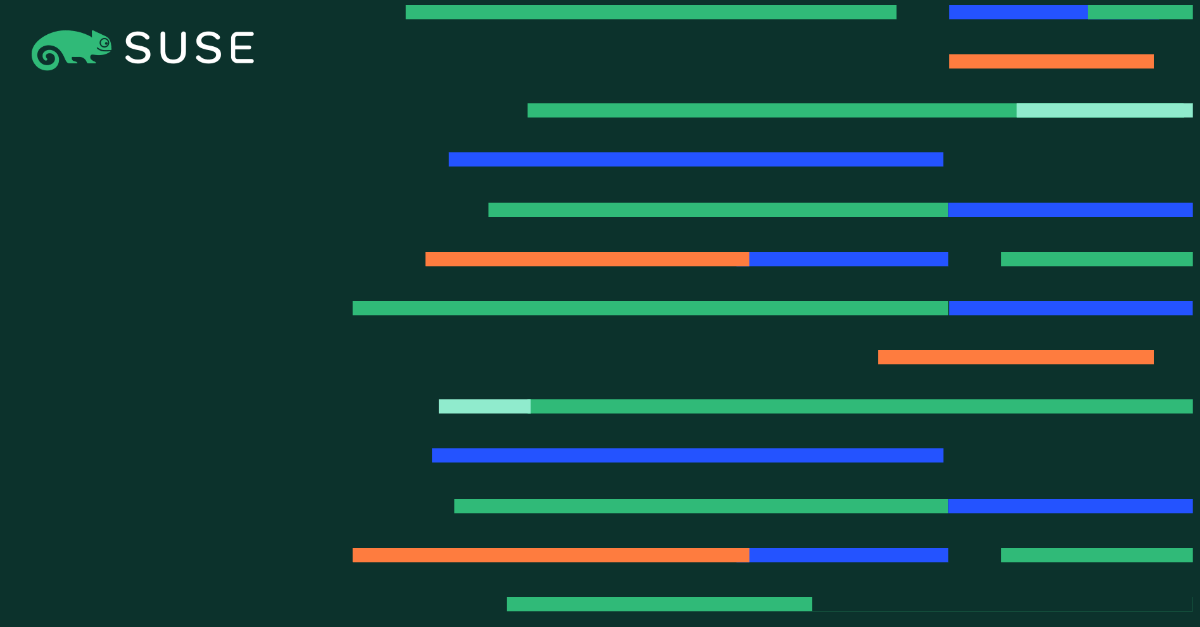SUSE’s WebAssembly report from KubeCon EU
It is not the first time that the SUSE blog has featured WebAssembly – an emerging technology that is fast gaining traction inside the Cloud Native ecosystem. As a matter of fact, Wasm, as it is commonly known, seems to have created quite the buzz at the recently concluded KubeCon, with it being one of the most-discussed topics in the ecosystem.
However, navigating the ever-accelerating landscape of such tech can be a whirlwind experience. Just as we’ve previously navigated the waters of Linux containers and container orchestration, we’re now riding the wave of WebAssembly. Many visionaries and trailblazers in the field view WebAssembly as the dawn of a new era in application delivery, poised to revolutionize the landscape much like Linux containers did, not so long ago.
Rest assured, though, this isn’t a tale of old vs new. Just as containers found their place alongside virtual machines, WebAssembly is set to complement, not replace the containerized applications we’ve grown to rely on.
If you’re waiting to dip your toes in WebAssembly waters, the timing couldn’t be more perfect! Using terminology from the five stages of technology adoption, WebAssembly seems to be quickly teetering on the edge of the chasm, ready to leap into mainstream adoption, after having been embraced by innovators and early adopters alike. Different announcements and talks from the recently concluded KubeCon EU and Cloud Native Wasm Day in Paris seem to confirm this impression.
At SUSE, we have been at the forefront of this technological revolution, closely monitoring and actively contributing to WebAssembly’s growth within the cloud native ecosystem. Our journey began with the Kubewarden project, a Kubernetes policy engine that was created by Rancher and later donated to CNCF. Kubewarden harnesses the formidable powers of WebAssembly – think ironclad security, unparalleled portability, lightning-fast speeds, and a featherlight footprint- to enforce admission policies in Kubernetes.
We have also been collaborating with developers from Fermyon, Microsoft, and Liquid Reply on an open source project, SpinKube, which provides a seamless way to deploy WebAssembly workloads based on the Spin microservices framework, on top of Kubernetes.
Imagine running the same workload across diverse environments – whether it’s a k3s cluster running on ARM or an AKS cluster with a mix of x86 and ARM nodes. It’s not just possible; it’s here!
If you’re eager to get started locally, the most straightforward path is with Rancher Desktop! With its latest update, Rancher Desktop can run WebAssembly workloads using plain Docker and Kubernetes on any operating system! You can also run SpinKube atop Rancher Desktop by following this insightful blog post written by Fermyon’s CEO, Matt Butcher.
What’s more? SpinKube was also submitted to the Cloud Native Computing Foundation (CNCF) as a sandbox project. If you have any ideas on how we could make it even better, check out this KubeCon keynote to learn how you can get involved with the open source project.
